Home>Gardening & Outdoor>Landscaping Ideas>When To First Cut The Grass
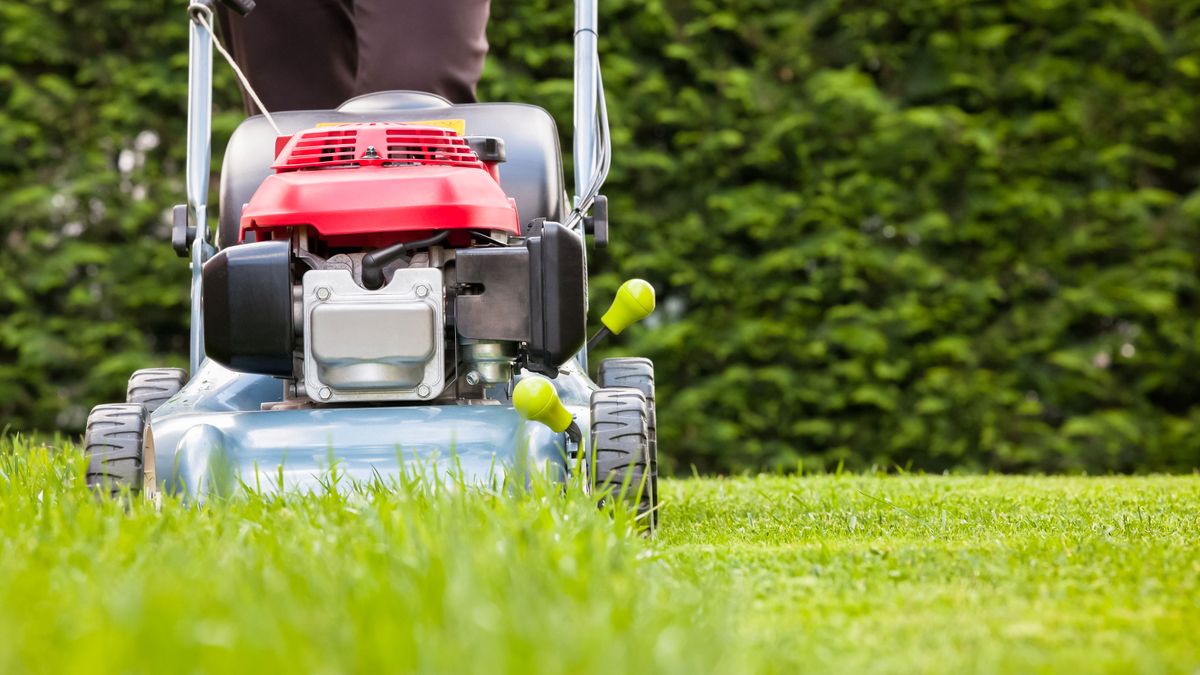

Landscaping Ideas
When To First Cut The Grass
Modified: February 18, 2024
Discover the best landscaping ideas for when to first cut the grass and keep your lawn looking pristine. Learn expert tips for maintaining a healthy and vibrant lawn.
(Many of the links in this article redirect to a specific reviewed product. Your purchase of these products through affiliate links helps to generate commission for Storables.com, at no extra cost. Learn more)
Introduction
Maintaining a lush, vibrant lawn is a source of pride for homeowners and a welcoming sight for visitors. One of the most crucial aspects of lawn care is knowing when to mow the grass. This seemingly simple task can significantly impact the health and appearance of your lawn. By understanding the best time to cut the grass, you can ensure that your lawn remains healthy and visually appealing throughout the year.
Mowing the lawn at the right time is not only about aesthetics; it also plays a vital role in the overall well-being of your grass. Factors such as weather conditions, grass type, and growth patterns all influence the optimal timing for mowing. In this comprehensive guide, we will delve into the various considerations that affect the timing of grass cutting and provide valuable tips for maintaining a vibrant, thriving lawn. Whether you're a seasoned lawn care enthusiast or a novice homeowner looking to enhance your outdoor space, this article will equip you with the knowledge to make informed decisions about when to mow your grass.
Key Takeaways:
- Timing is crucial for mowing your lawn. Consider factors like grass type, weather, and equipment condition to promote healthy growth and appearance.
- Implement a comprehensive lawn care routine, including proper mowing, watering, fertilization, and maintenance, to cultivate a vibrant, resilient lawn year-round.
Read more: When To First Cut My Grass In The Spring
Factors to Consider
Several crucial factors should be taken into account when determining the best time to cut the grass. Understanding these elements will enable you to tailor your lawn care routine to the specific needs of your grass, promoting its health and vitality.
- Grass Type: Different grass species have varying growth patterns and ideal mowing heights. For instance, cool-season grasses such as Kentucky bluegrass and fescue thrive in cooler temperatures and benefit from regular mowing during their peak growing seasons in spring and fall. Warm-season grasses like Bermuda grass and zoysia, on the other hand, flourish in warmer climates and have distinct growth patterns that influence the timing of mowing.
- Weather Conditions: The weather can significantly impact the frequency and timing of grass cutting. Wet or excessively dry conditions may necessitate adjustments to your mowing schedule. It’s advisable to avoid mowing wet grass, as this can lead to an uneven cut and potentially damage the turf. Additionally, mowing during the cooler parts of the day, such as the morning or evening, can help minimize stress on the grass during hot weather.
- Growth Rate: Understanding the growth rate of your grass is essential for determining the frequency of mowing. Factors such as fertilization, irrigation, and soil quality can influence the rate at which the grass grows. By monitoring the growth patterns of your lawn, you can establish a mowing schedule that promotes healthy growth and prevents the grass from becoming overgrown.
- Mowing Equipment: The condition of your mowing equipment and the sharpness of the blades can impact the quality of the cut and the overall health of the grass. Dull blades can tear the grass, leaving it susceptible to disease and stress. Regular maintenance of your mowing equipment, including blade sharpening and proper height adjustment, is essential for achieving clean, precise cuts that promote the well-being of your lawn.
- Environmental Considerations: Environmental factors such as air quality, pollution, and nearby construction activities can also influence the timing of grass cutting. It’s important to consider these external elements when planning your mowing schedule, as they can affect the overall health and resilience of your lawn.
By taking these factors into consideration, you can develop a tailored approach to lawn care that prioritizes the health and longevity of your grass, resulting in a lush, well-maintained lawn that enhances the beauty of your outdoor space.
Best Time to Cut the Grass
Timing is crucial when it comes to mowing the grass, as it directly impacts the health and appearance of your lawn. While the optimal timing may vary based on specific factors such as grass type and climate, there are general guidelines that can help you determine the best time to cut the grass for optimal results.
Early Morning or Evening: Mowing during the early morning or evening is generally recommended, especially during the warmer months. These times of day offer cooler temperatures and lower humidity, reducing stress on the grass and minimizing the risk of moisture loss. Additionally, mowing during these periods can help prevent the grass from being exposed to the harsh midday sun, which can lead to moisture loss and potential damage.
Dry Conditions: It’s essential to mow the grass when it is dry to achieve a clean, even cut. Wet grass can clump together and result in an uneven mow, potentially causing stress and damage to the turf. If rain or dew has recently moistened the grass, it’s advisable to wait until the surface moisture has evaporated before mowing.
Consider the Growth Rate: Understanding the growth rate of your grass is key to determining the frequency of mowing. Different grass species have varying growth patterns, with some requiring more frequent mowing than others. By observing the growth rate of your lawn, you can establish a consistent mowing schedule that prevents the grass from becoming overgrown and maintains an optimal height for healthy growth.
Avoid Mowing in Extreme Heat: During periods of intense heat, it’s best to avoid mowing the grass, particularly if the lawn is already stressed from high temperatures or drought conditions. Allowing the grass to grow slightly longer during these times can help protect the soil from excessive moisture loss and provide shade to the underlying roots, promoting overall resilience and health.
Adapt to Seasonal Changes: As the seasons change, so should your approach to mowing. In spring and fall, grasses typically experience peak growth periods, requiring more frequent mowing to maintain an optimal height. During the summer, when temperatures are higher, adjusting the mowing frequency and timing can help mitigate stress on the grass and promote its well-being.
By considering these factors and adhering to the best practices for timing your grass cutting, you can ensure that your lawn remains healthy, visually appealing, and resilient throughout the year. Understanding the ideal timing for mowing will contribute to the overall well-being of your lawn, creating an inviting outdoor space for relaxation and enjoyment.
Wait until the grass is at least 3 inches tall before the first cut. Cutting too early can weaken the grass. Aim to remove no more than one third of the grass height in a single mowing.
Tips for Maintaining a Healthy Lawn
Ensuring the long-term health and vitality of your lawn involves more than just regular mowing. Implementing a comprehensive lawn care routine can significantly impact the resilience and visual appeal of your grass. Consider the following tips to maintain a healthy, vibrant lawn that enhances the beauty of your outdoor space:
- Proper Mowing Technique: Utilize a sharp mower blade and adhere to the one-third rule, which recommends removing no more than one-third of the grass blade length in a single mowing session. This approach promotes healthy growth and prevents stress on the grass.
- Adjust Mowing Height: Tailor the mowing height to the specific requirements of your grass type. Different species thrive at varying heights, so adjusting the mower settings accordingly can support optimal growth and resilience.
- Regular Watering: Adequate and consistent watering is essential for the health of your lawn. Deep, infrequent watering encourages deep root growth and drought resistance. Be mindful of local water restrictions and adjust your watering schedule accordingly.
- Appropriate Fertilization: Understanding the nutritional needs of your grass and applying the appropriate fertilizer at the right time can bolster its health and vigor. Consider soil testing to determine the specific nutrient requirements of your lawn.
- Weed Control: Implement a proactive approach to weed management, including regular inspection and targeted treatments. Maintaining a dense, healthy lawn can naturally suppress weed growth.
- Aeration: Periodic aeration can alleviate soil compaction and promote better air, water, and nutrient penetration, fostering a robust root system and overall lawn health.
- Overseed as Needed: Address thin or bare patches in your lawn by overseeding with appropriate grass species. This practice can enhance the density and resilience of your turf.
- Seasonal Maintenance: Adjust your lawn care practices to align with seasonal changes, such as modifying mowing frequency, irrigation, and fertilization based on the specific needs of your grass during different times of the year.
- Monitor and Address Pests and Diseases: Regularly inspect your lawn for signs of pests, diseases, or other issues that may impact its health. Prompt intervention can help mitigate potential damage.
- Professional Maintenance: Consider engaging professional lawn care services for specialized treatments, such as pest control, disease management, and seasonal maintenance, to ensure comprehensive care for your lawn.
By integrating these tips into your lawn care regimen, you can foster a resilient, visually appealing lawn that serves as a welcoming backdrop for outdoor activities and relaxation. Consistent, attentive maintenance will contribute to the long-term health and beauty of your outdoor space, creating a vibrant and inviting environment for your household and guests.
Conclusion
Caring for your lawn is a multifaceted endeavor that requires a deep understanding of the factors that influence its health and appearance. By considering the various elements that affect the timing of grass cutting and implementing a comprehensive lawn care routine, you can cultivate a vibrant, resilient lawn that enhances the beauty of your outdoor environment.
Understanding the best time to cut the grass is a fundamental aspect of lawn care, as it directly impacts the health and aesthetics of your lawn. By taking into account factors such as grass type, weather conditions, growth patterns, and mowing equipment, you can tailor your approach to grass cutting to promote healthy growth and vitality.
Implementing best practices for timing your grass cutting, such as mowing during optimal periods, avoiding extreme heat, and adapting to seasonal changes, can contribute to the overall well-being of your lawn. Additionally, integrating a comprehensive lawn care regimen that encompasses proper mowing techniques, watering, fertilization, weed control, and seasonal maintenance will further support the long-term health and visual appeal of your grass.
By adhering to these guidelines and investing time and effort into attentive lawn care, you can create an inviting outdoor space that serves as a source of pride and relaxation. A healthy, vibrant lawn not only enhances the aesthetic appeal of your property but also provides a welcoming setting for outdoor activities and leisure. Through consistent maintenance and informed decision-making, you can enjoy the beauty and resilience of a well-cared-for lawn throughout the year.
Ultimately, the dedication and care you invest in your lawn will be reflected in the lush, inviting expanse of greenery that graces your outdoor environment, creating a picturesque backdrop for cherished moments and gatherings with family and friends.
Frequently Asked Questions about When To First Cut The Grass
Was this page helpful?
At Storables.com, we guarantee accurate and reliable information. Our content, validated by Expert Board Contributors, is crafted following stringent Editorial Policies. We're committed to providing you with well-researched, expert-backed insights for all your informational needs.
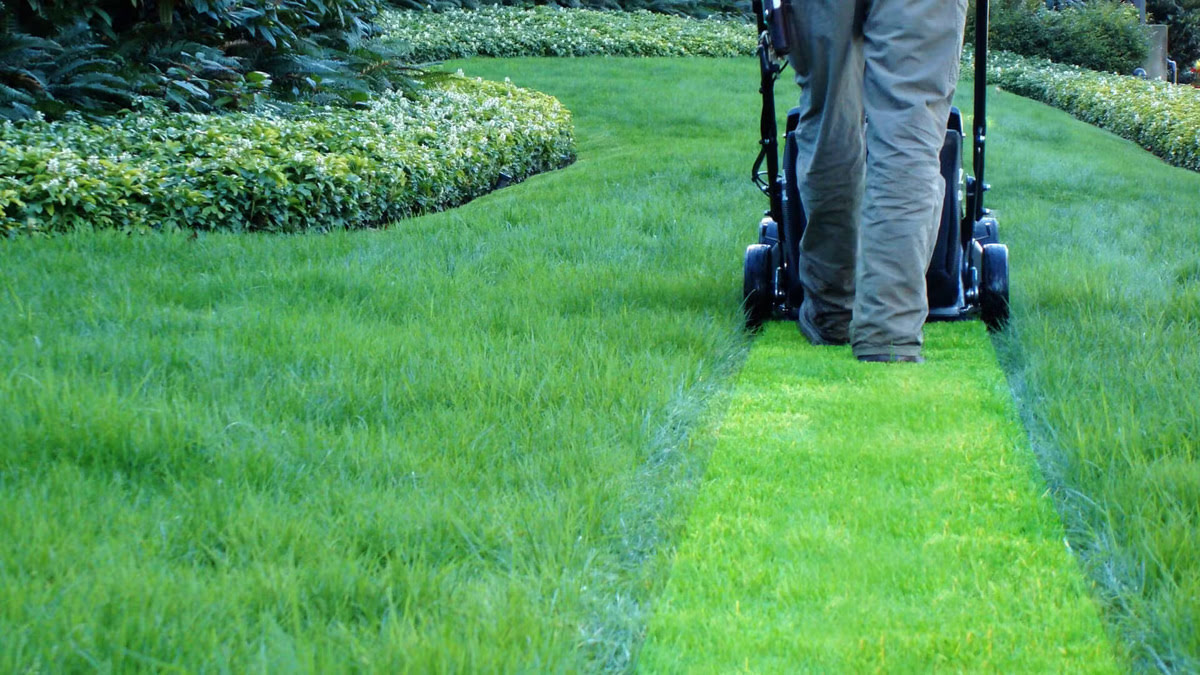

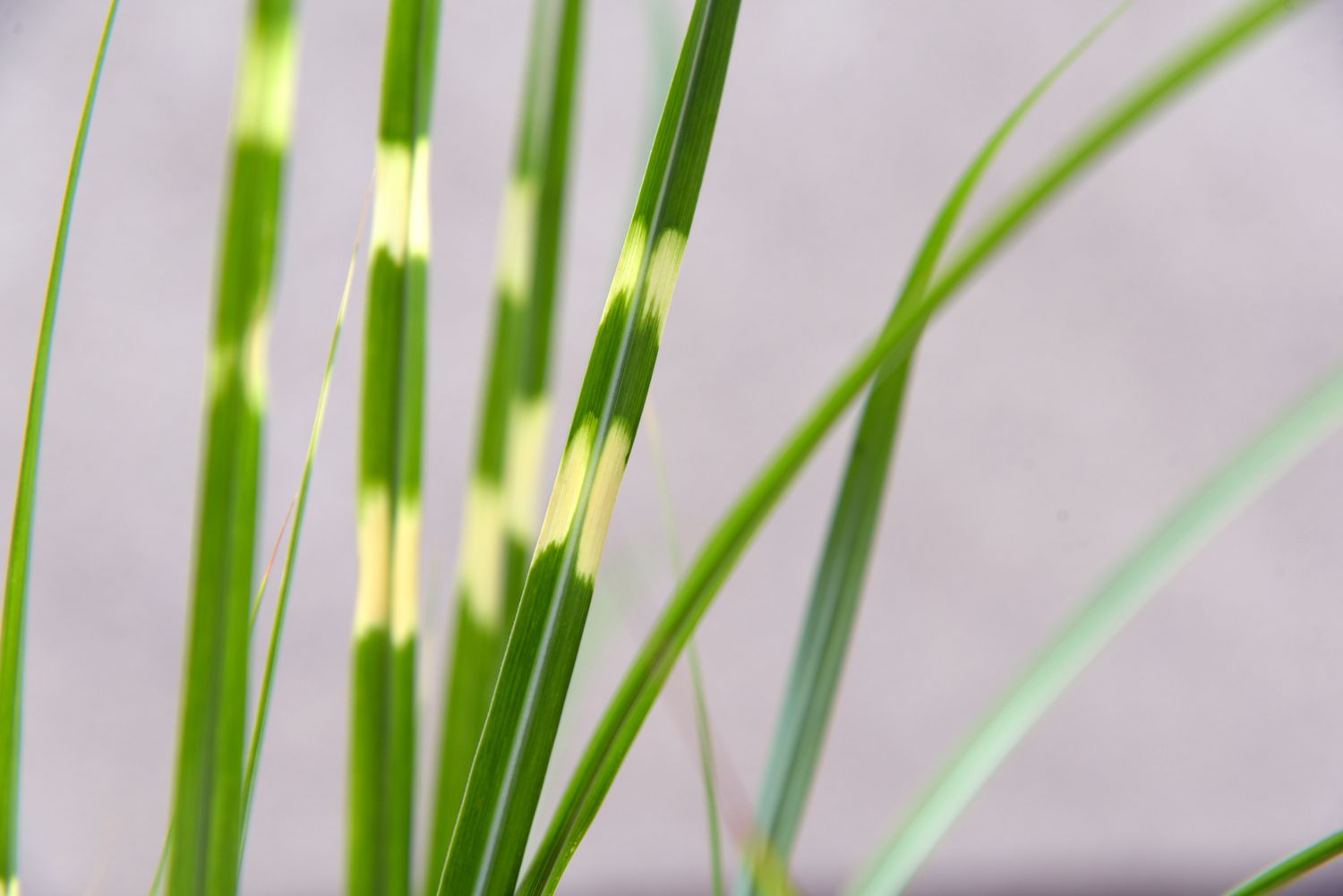
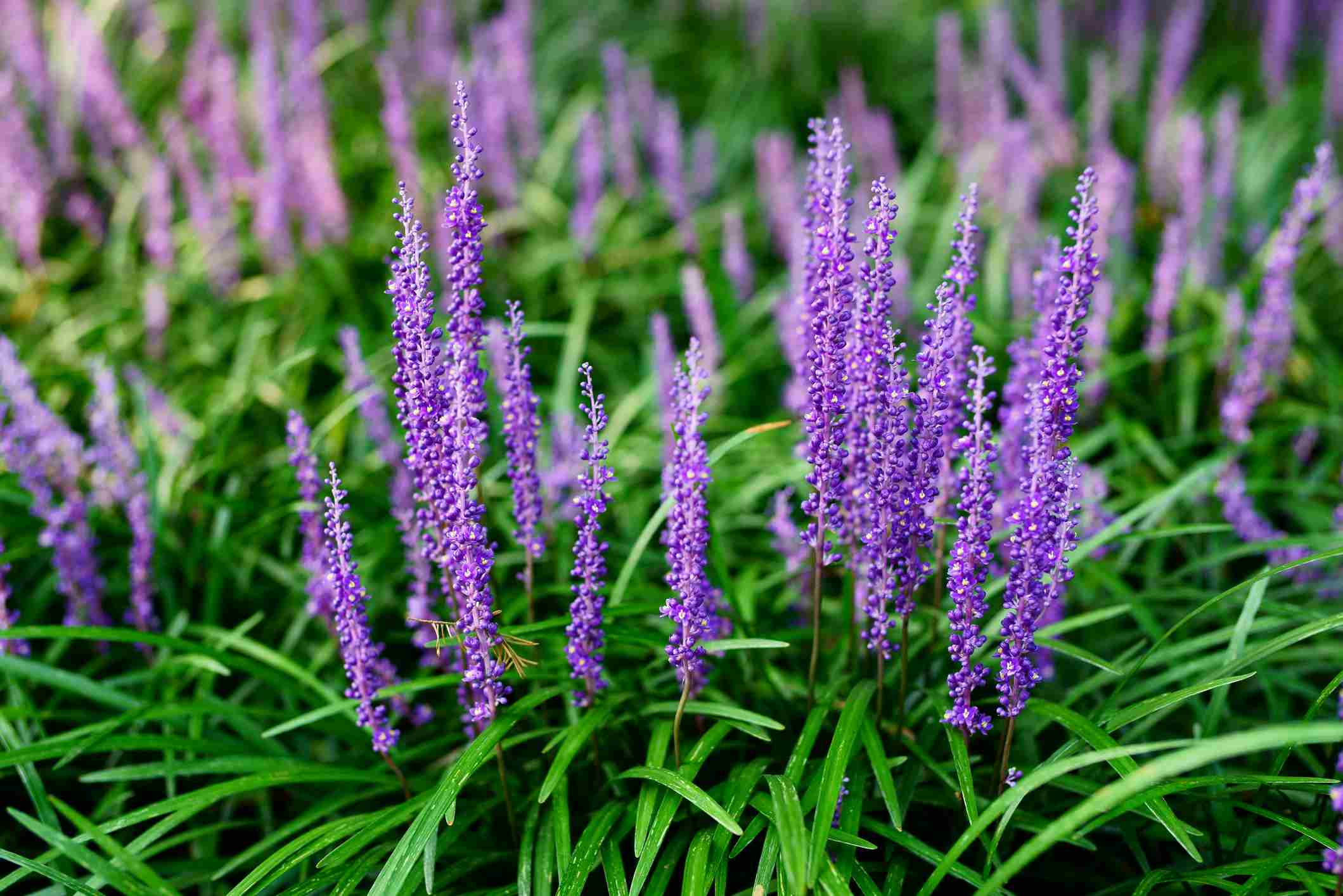
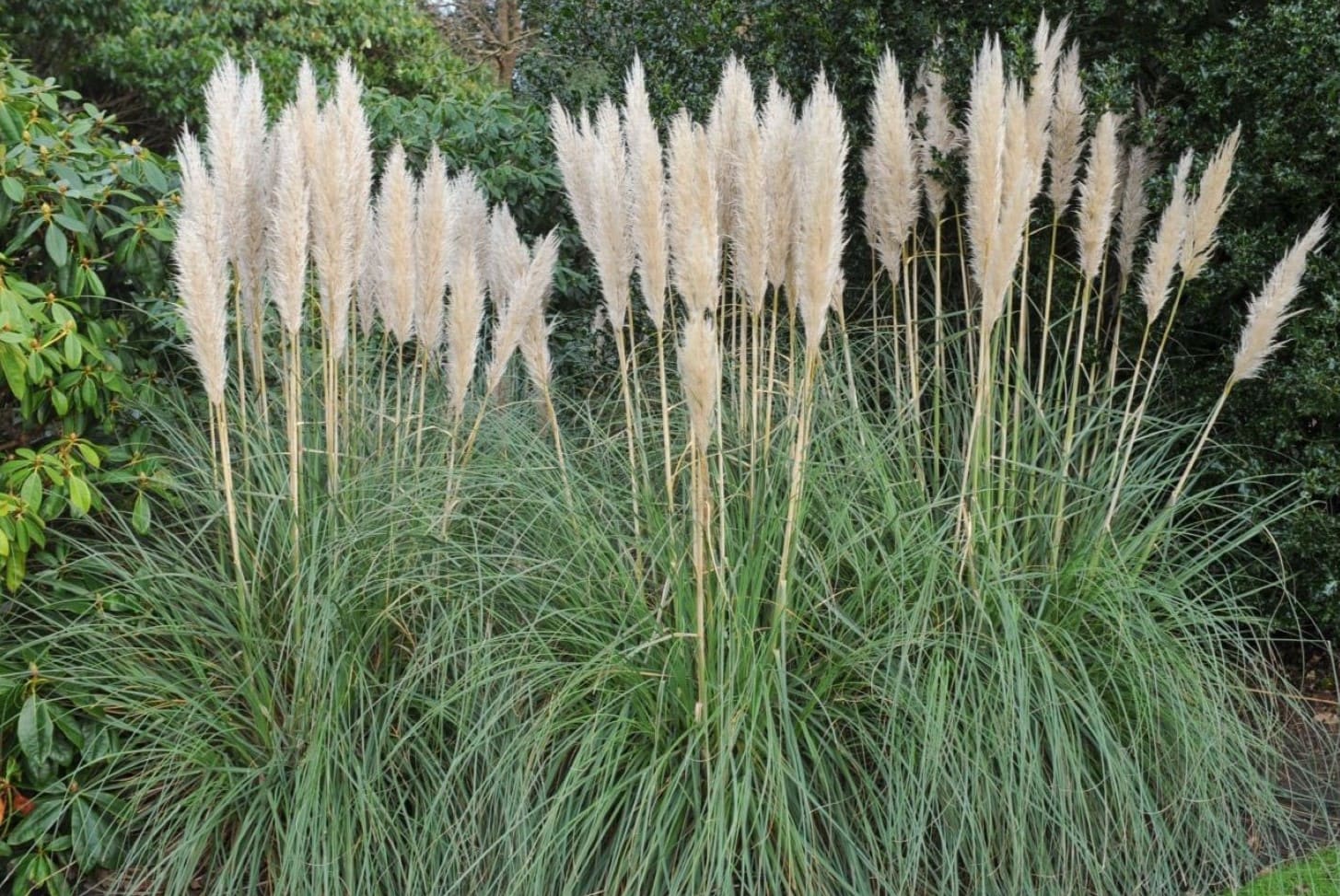
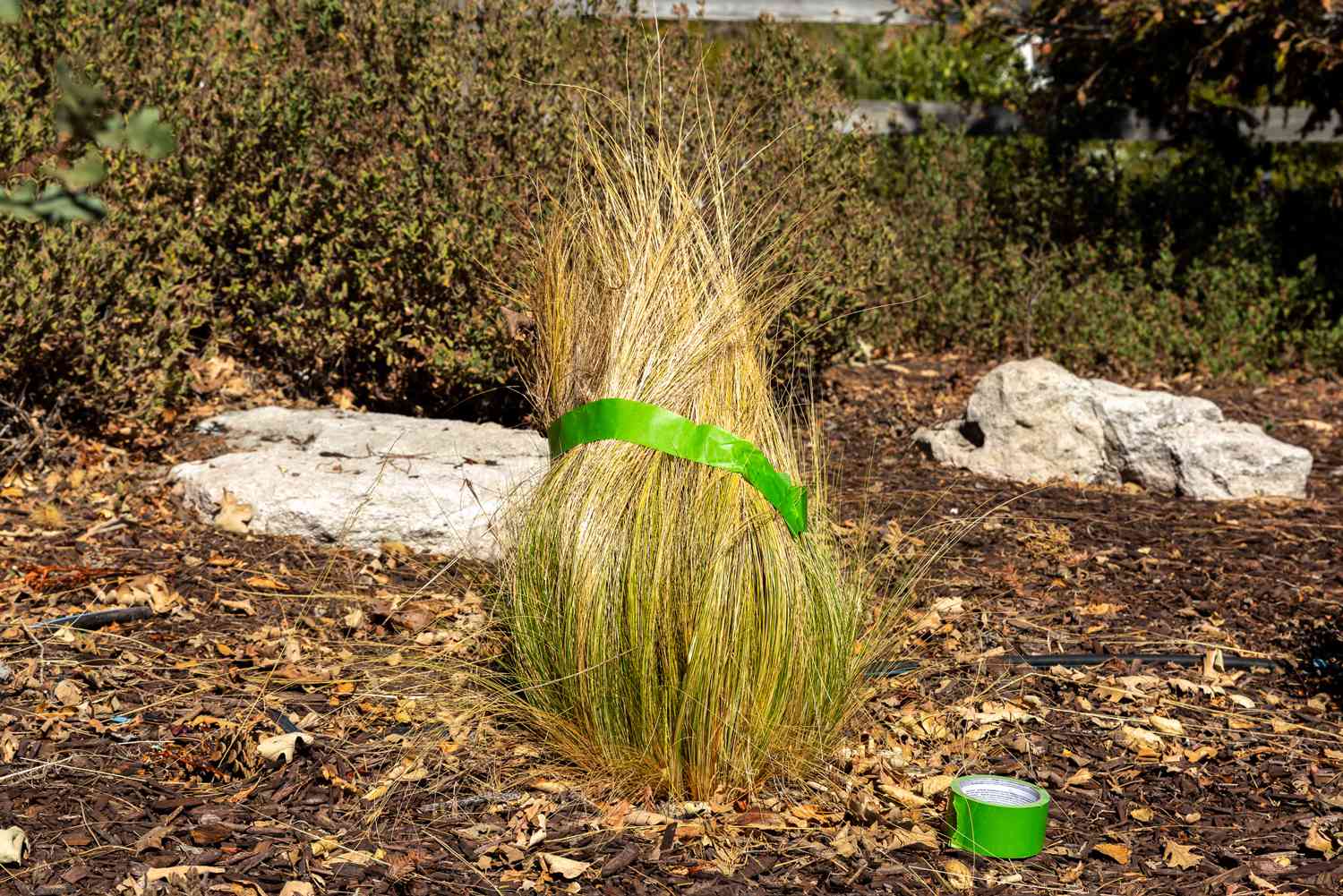
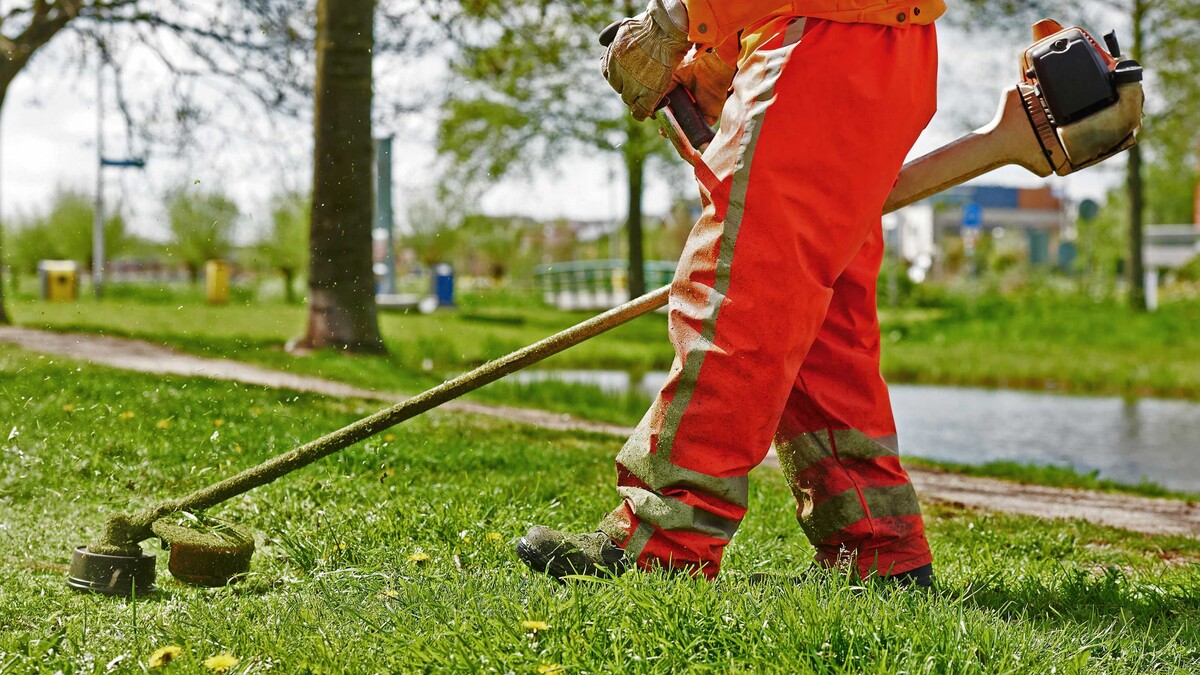
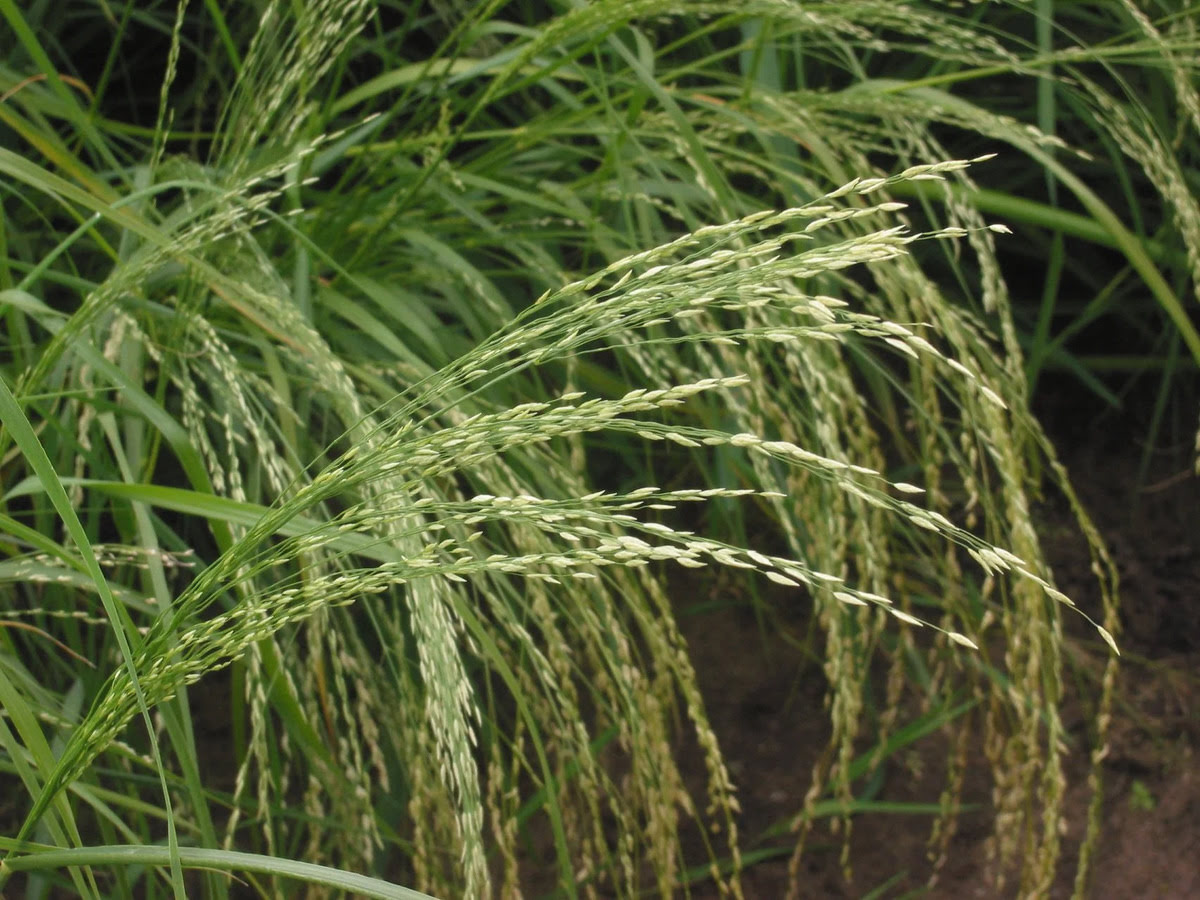
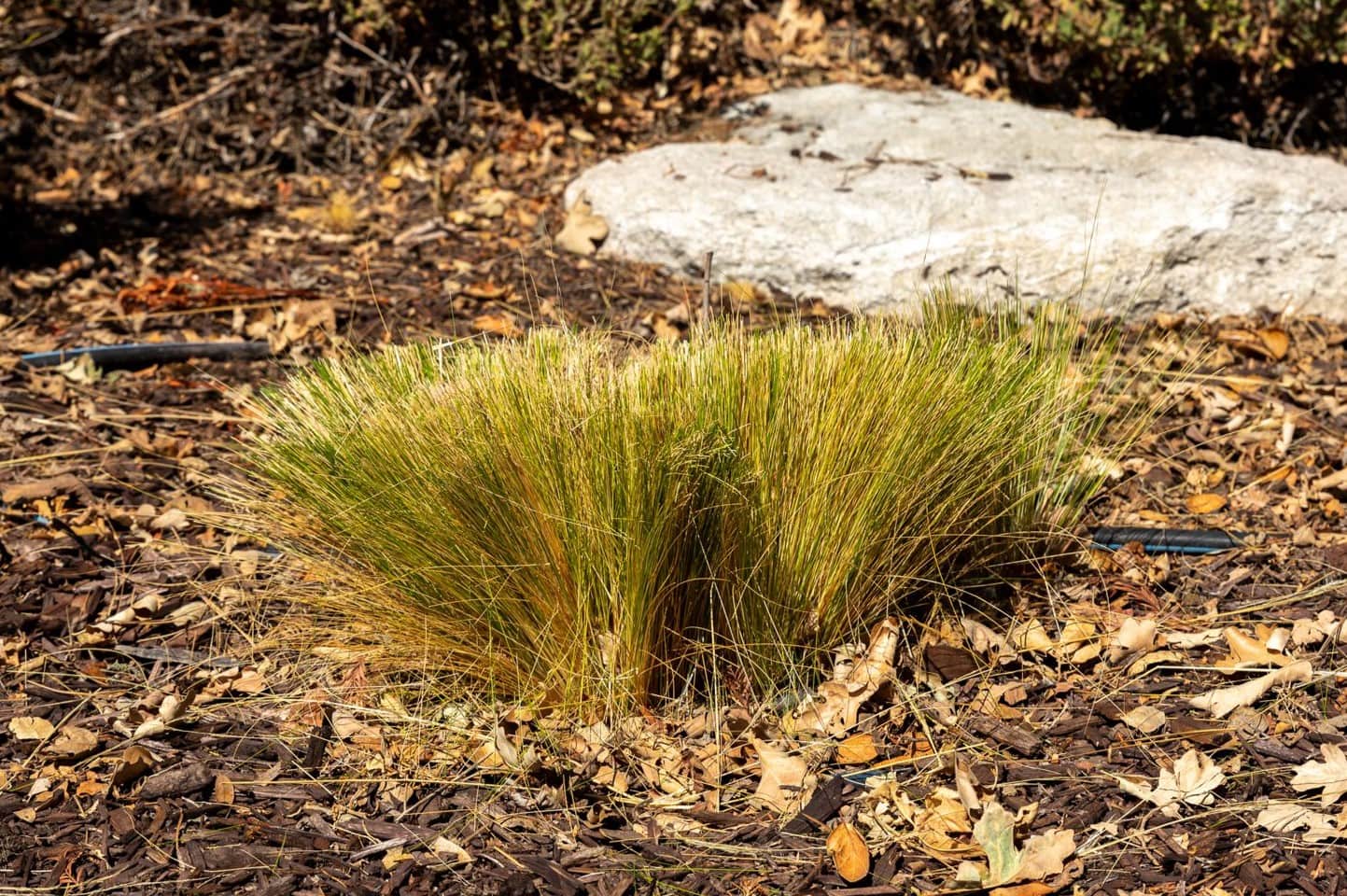
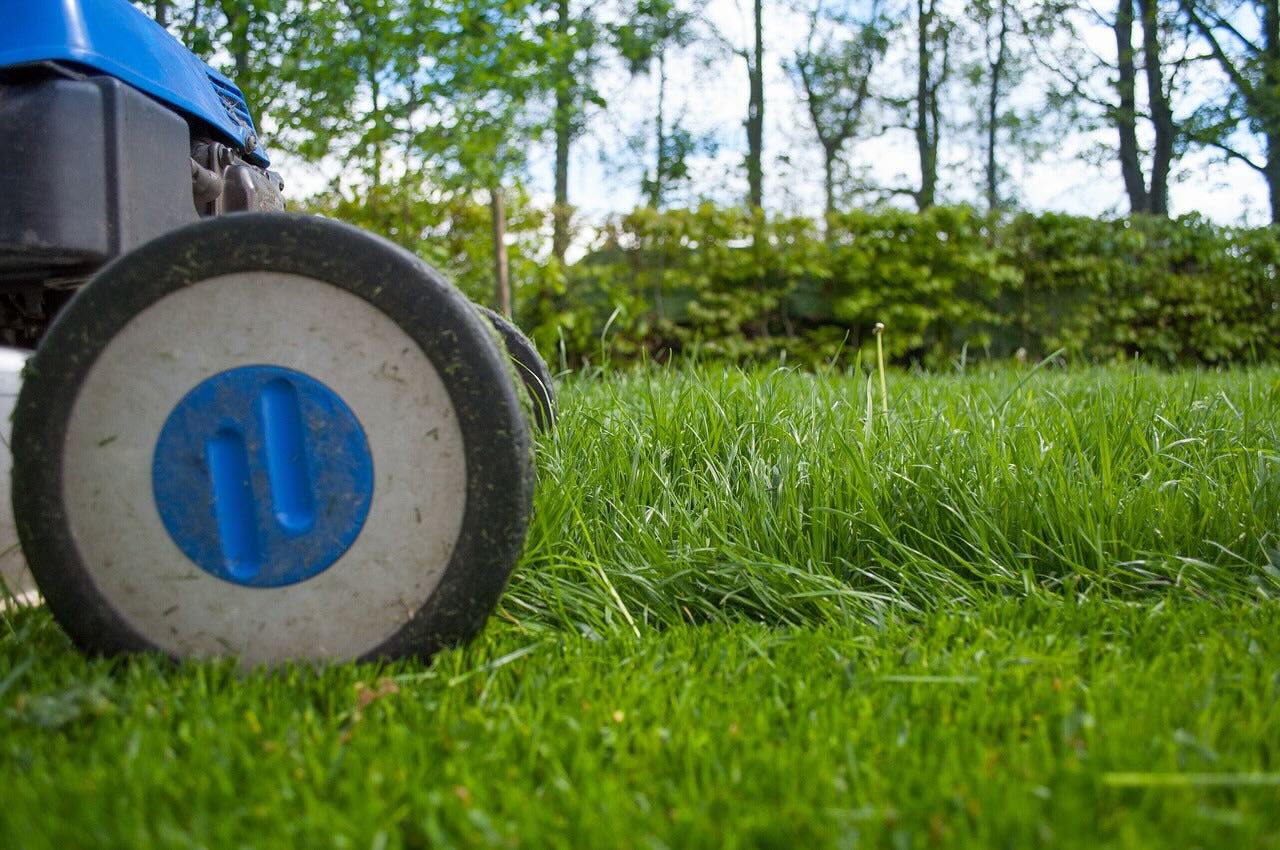
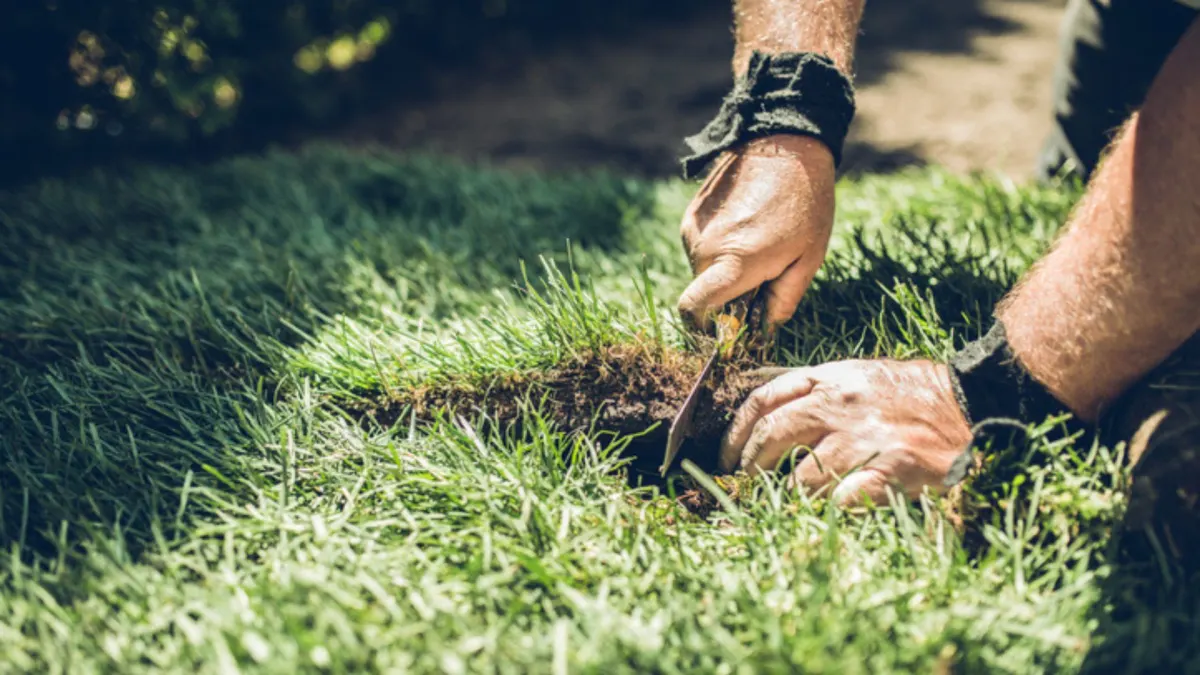
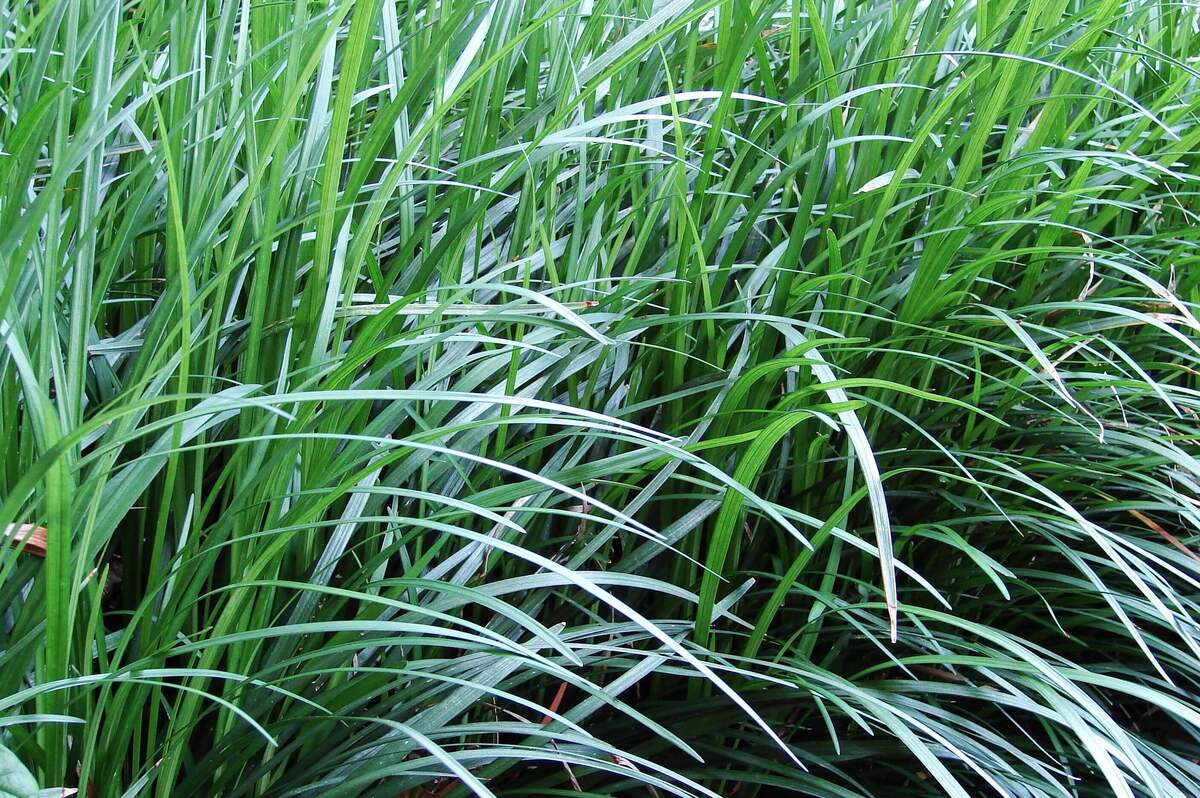
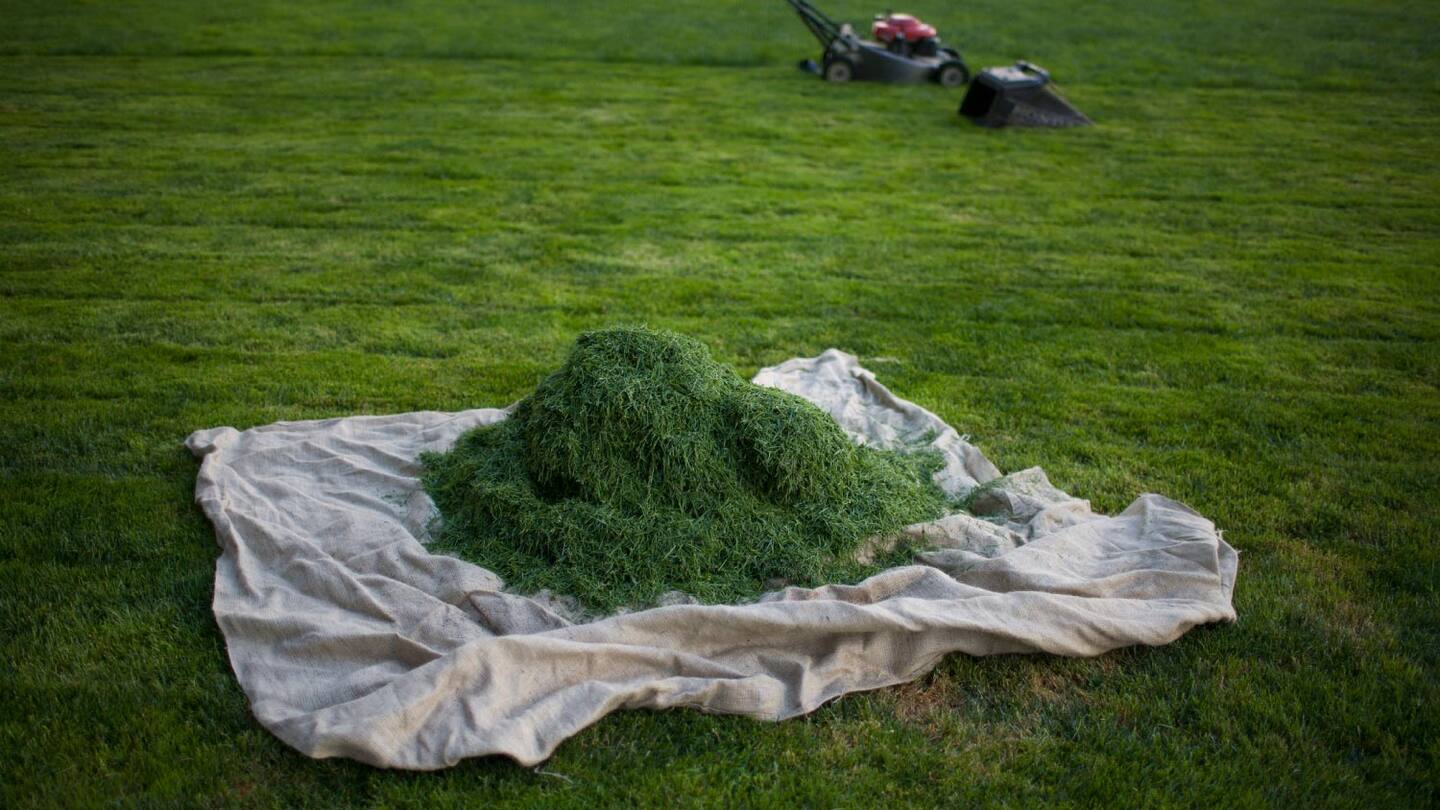
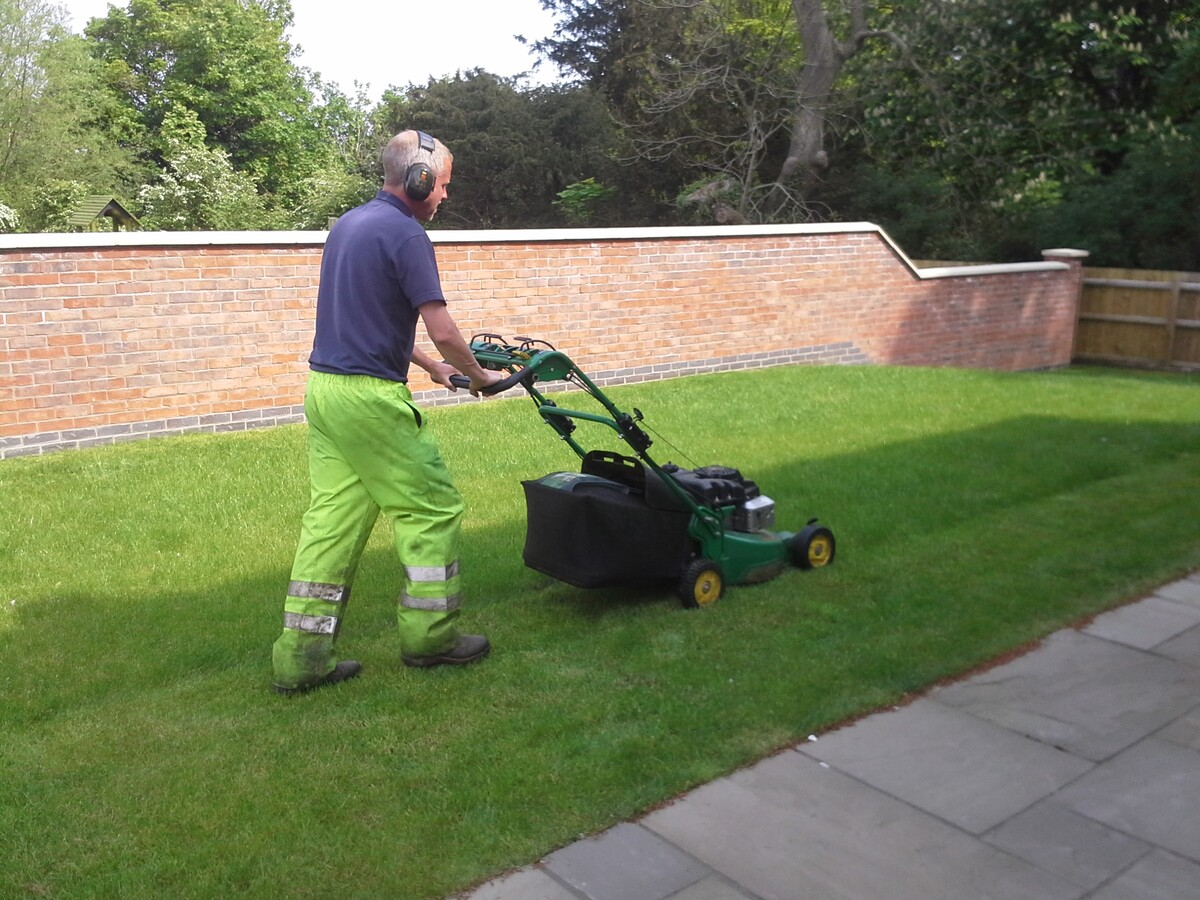
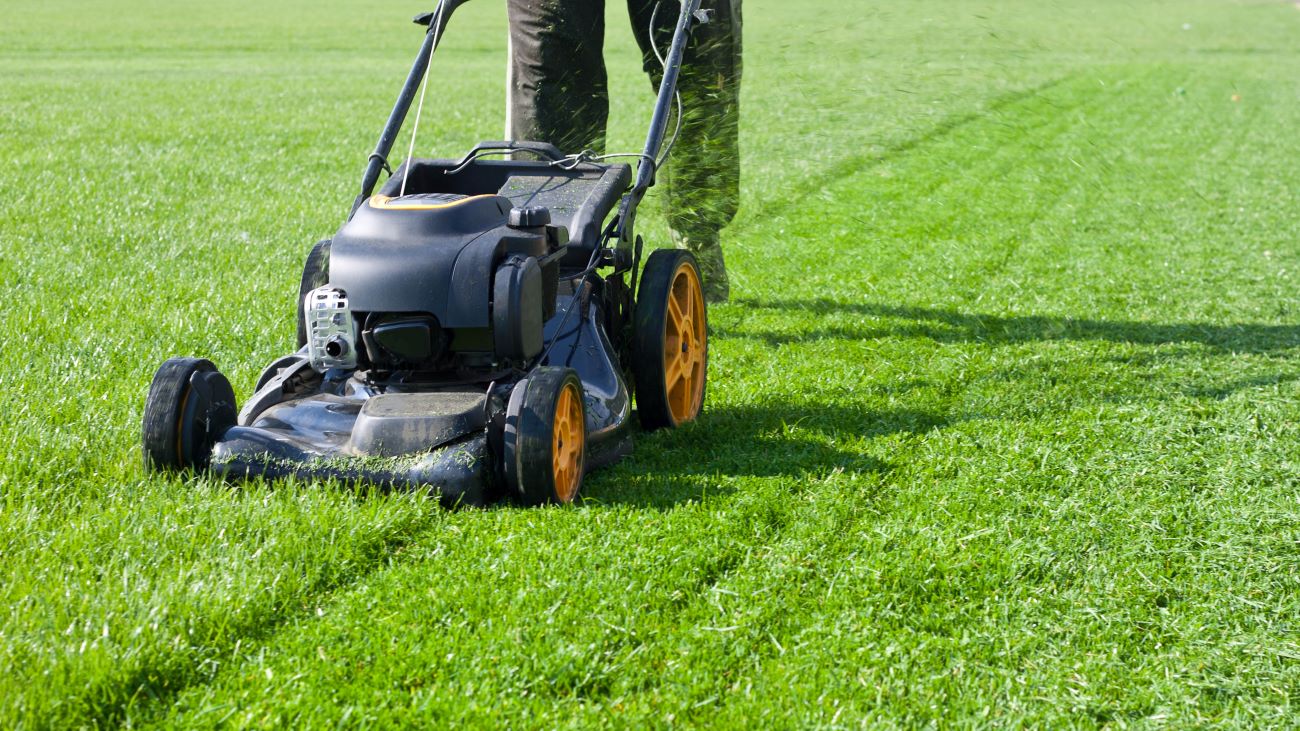

0 thoughts on “When To First Cut The Grass”